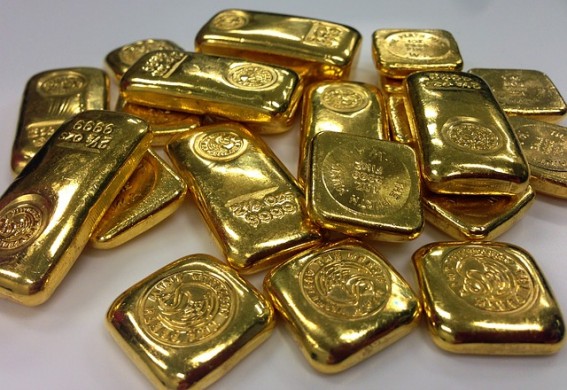Thursday saw a positive announcement from Tullow Oil, first oil flowing from the TEN field offshore Ghana in which it has a 47% stake.

The FPSO (Floating Production, Storage and Offloading) unit attached to the project will now hopefully ramp up towards 80,000 bopd.
At the half-year results published in July, the company argued that this field would be “transformational”, allowing it “to significantly increase our net production and begin deleveraging our balance sheet”.
That balance sheet is indeed highly leveraged, and looked like this in those results:
| Total Assets | $11.4 billion |
| Goodwill & Intangibles | $3.7 billion |
| Tangible Assets | $7.7 billion |
| Total Liabilities | $8.5 billion |
| Borrowings | $5.0 billion |
| Net Debt | $4.7 billion |
As with Premier Oil (LSE:PMO), the deficit of tangible assets against total liabilities is something which would concern me here from a valuation point of view. Net tangible asset value can anchor a share price even when cash flow and an earnings point of view.
I further note the following passage:
Tullow’s lending banks also agreed a further amendment to the financial leverage covenant of the RBL and the Corporate Facility. This demonstrates the continued support of the Group’s lending banks during this period of low oil prices and the high quality of Tullow’s asset portfolio.
While the support from the banks is certainly welcome, investors should bear in mind that covenant relaxation is often a sign that debt levels are (or might soon be) above the prudent limits originally set by the lenders.
Further: the going concern statement, while forecasting that the Group would be able to operate within its facilities for the next twelve months, also noted that “operating and market conditions remain changeable and could impact future liquidity.”
There are still grounds for optimism: the company successfully raised $300 million through a convertible bond offering as recently as July, which will not mature until 2021, showing plenty of creditor support.
But it’s crucial that the net debt figure now starts to materially reduce through the “organic deleveraging” which the TEN field is predicted to enable. The company will need to bring all of its operational skills to bear, and hopefully benefit from the tailwind of a higher oil price over time.
The share price has suffered greatly over the past five years but the market cap remains a hefty £2.15 billion and of course the enterprise value is significantly higher again.
Personally. I would need to see evidence that net tangible asset value was climbing back into surplus before I considered an equity investment here to be reasonably safe. But that might be out of Tullow’s hands – the winds of the global economy and what they will do to the price of a barrel of oil should be decisive.
Click here to subscribe to Graham’s Weekly Investment letter for exclusive stock tips.


 Hot Features
Hot Features











